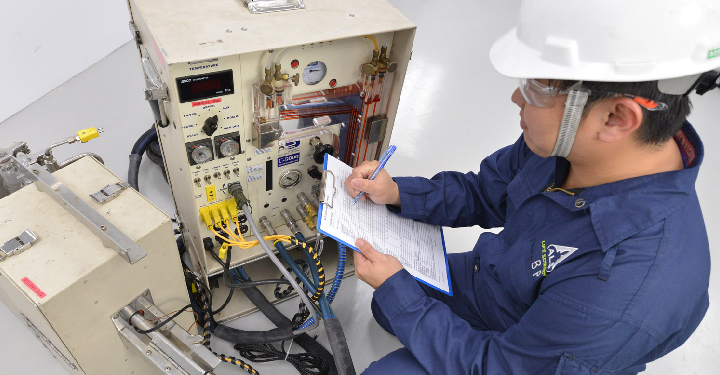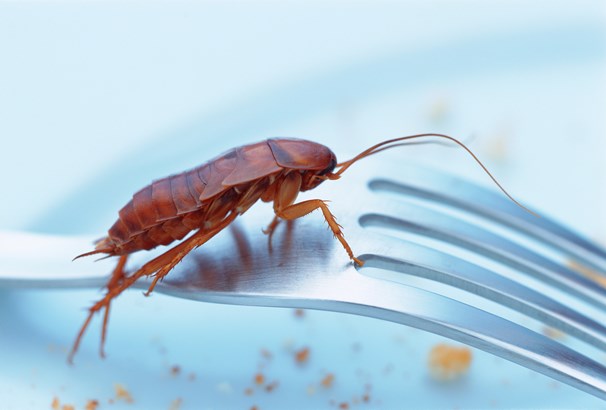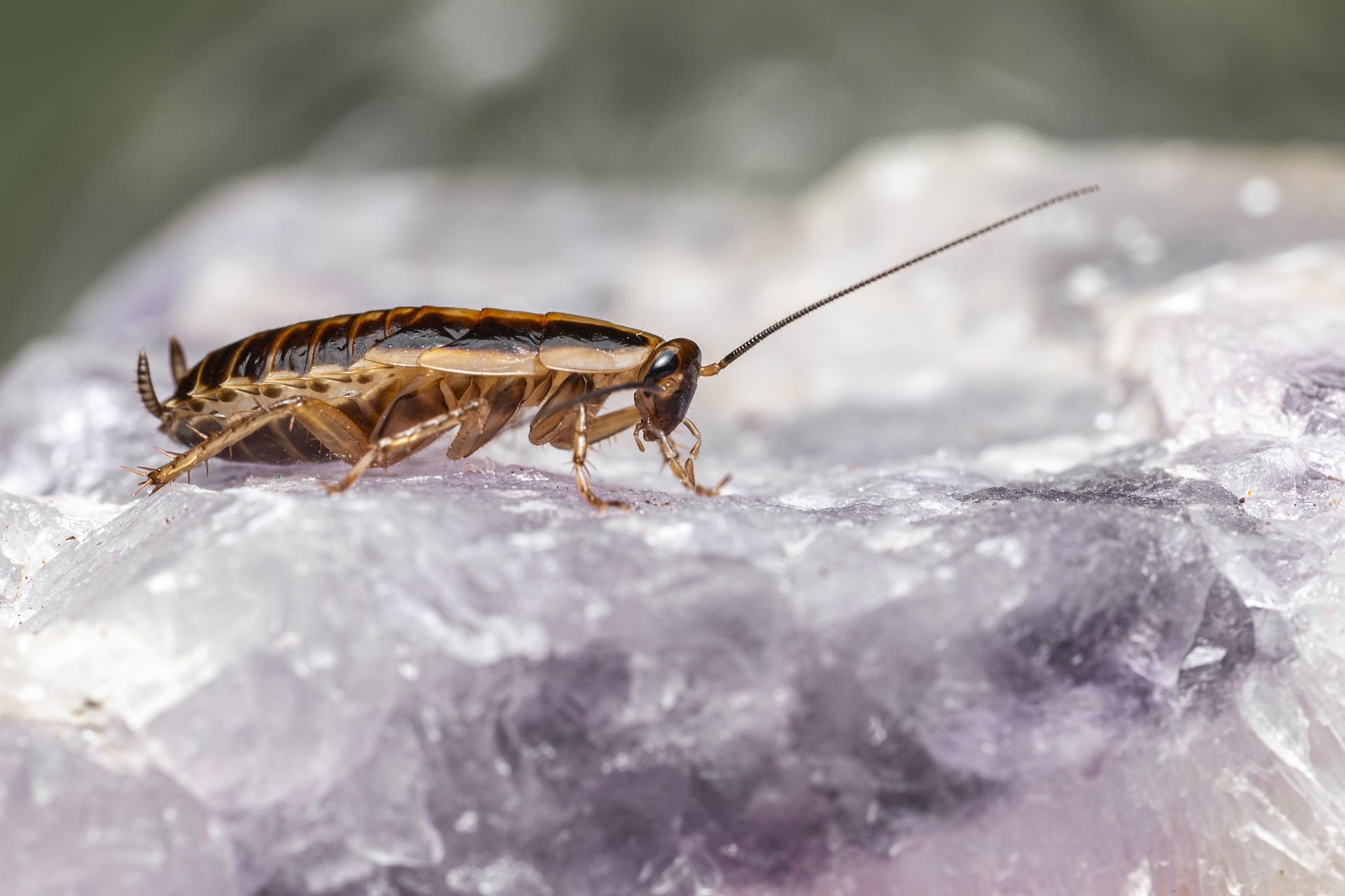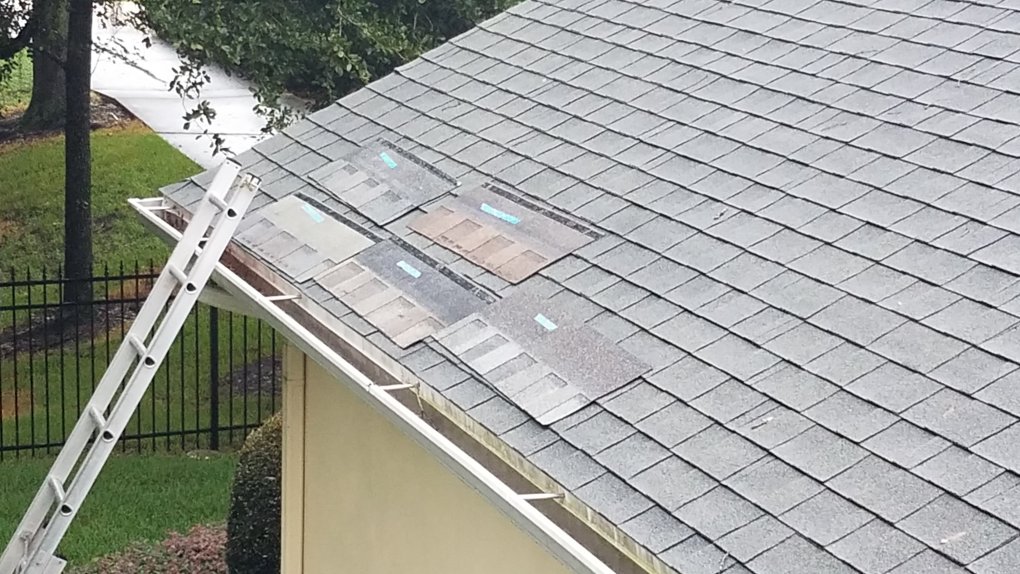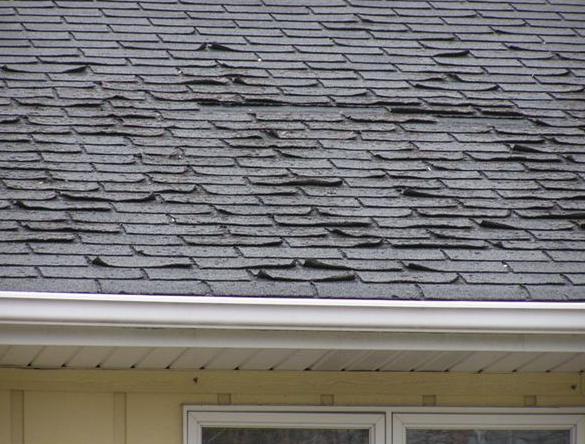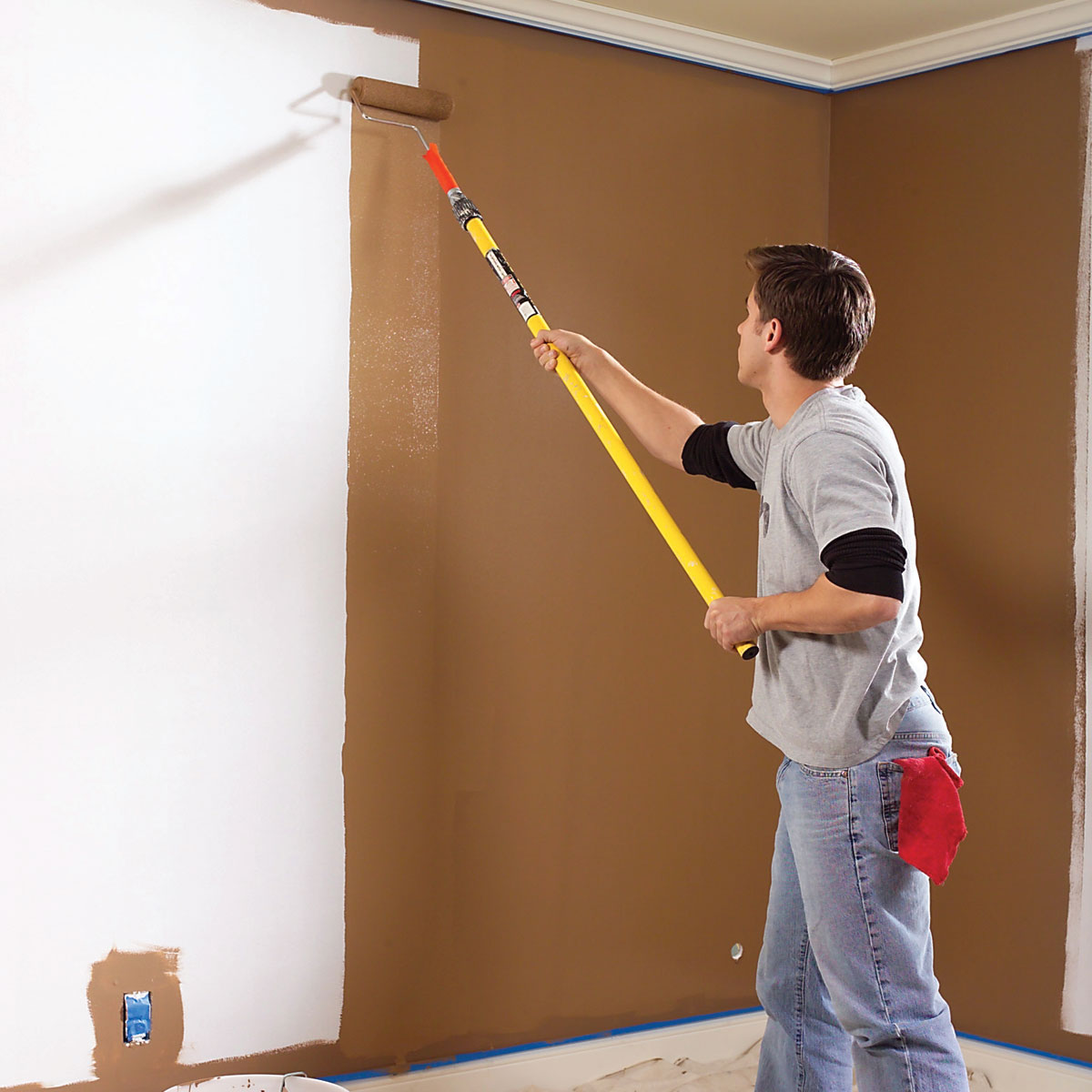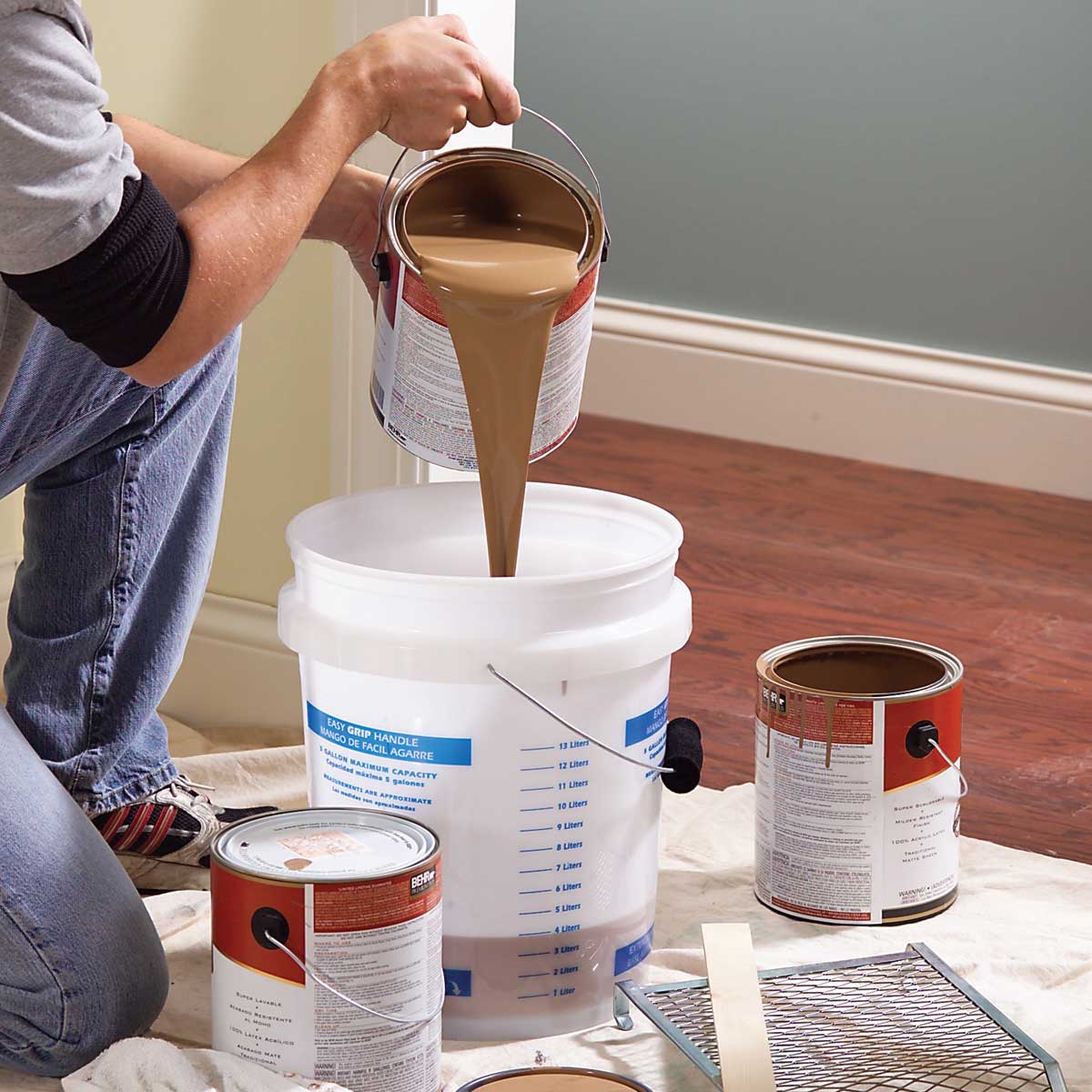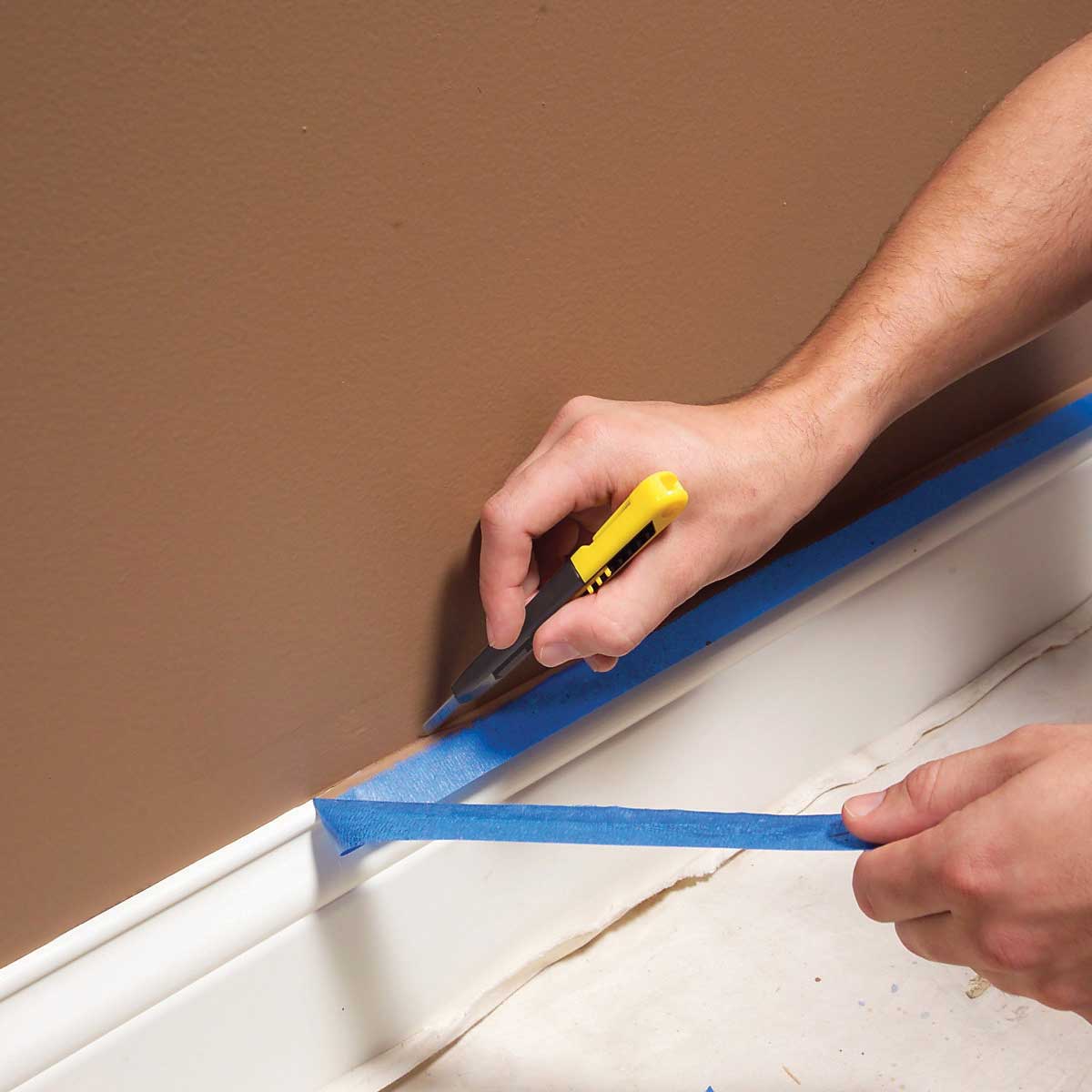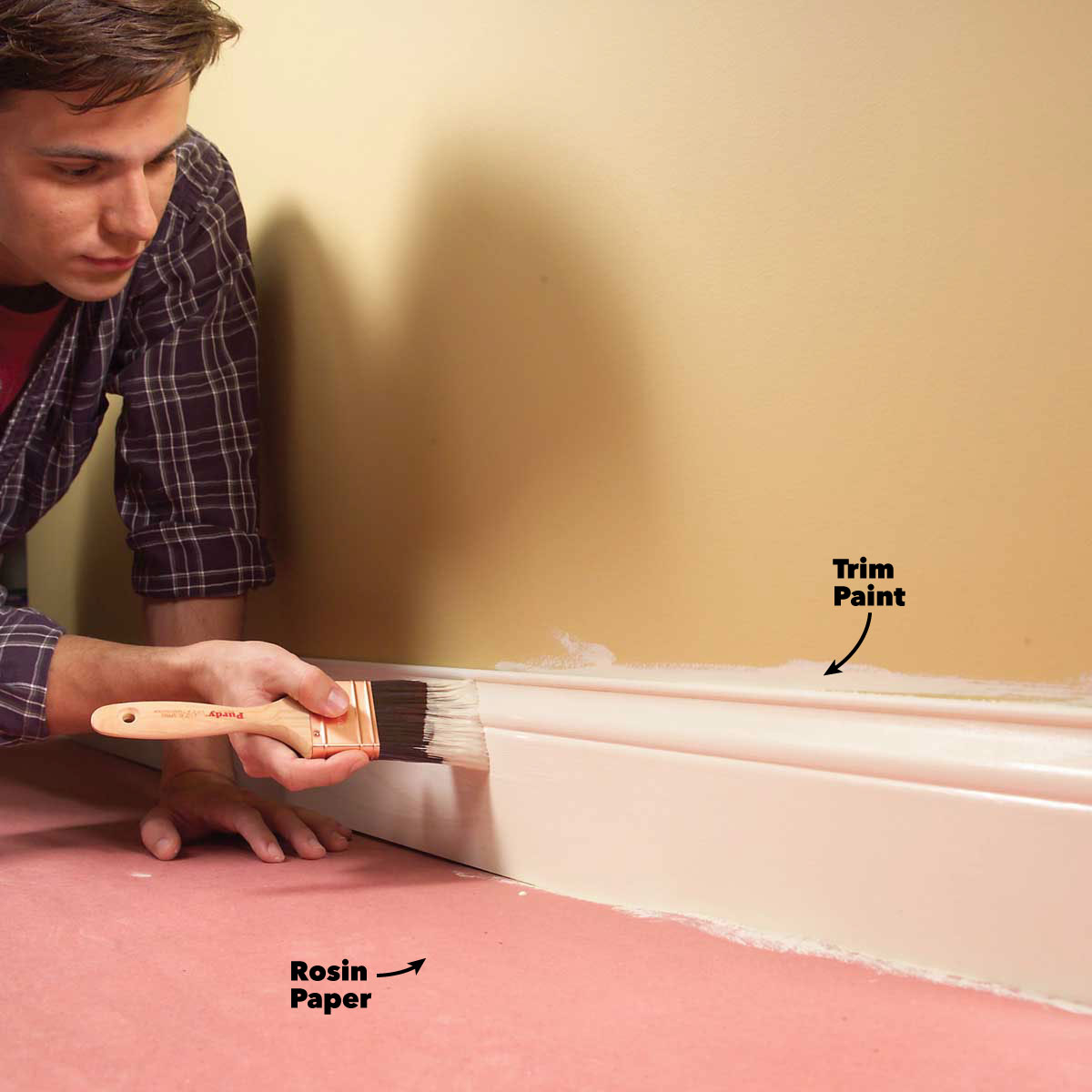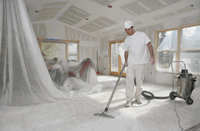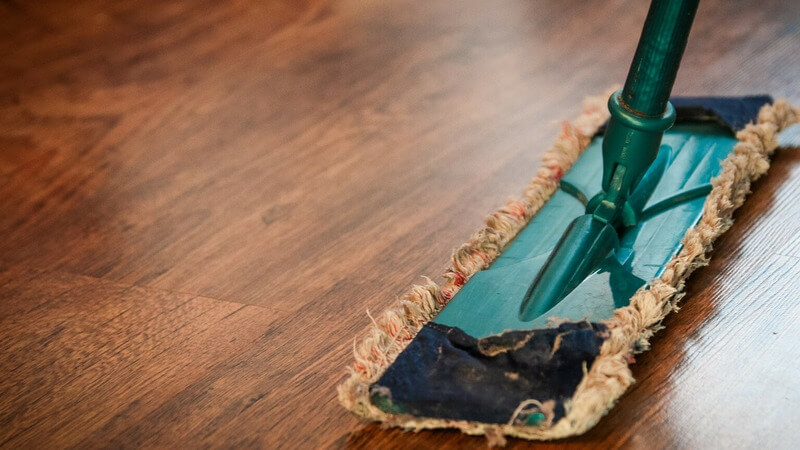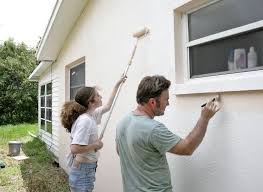Dispose Wisely: How to Choose a Garbage Disposal
After scraping the dinner plates into the sink, flipping a switch and watching the food particles disappear, many of us don’t think twice about our garbage disposals (also known as garbage disposers). We especially don’t think about installing a new one. However, even the best disposals will eventually need to be replaced. When that time comes, be prepared with these tips on what to consider when buying a garbage disposal.
Signs it’s Time to Think About Buying a New Garbage Disposal
First, determine if a replacement is necessary. Sure, it may not be your top priority, but if you find yourself experiencing the following, it may be time to replace your garbage disposal
What Garbage Disposal is Best for Me?
There are two types of garbage disposalsto choose from: the continuous feed and the batch feed. Both get the job done; however, the continuous feed disposals are the easiest to use. Also the most commonly used disposal, the continuous feed version has an open mouth and is operated by a switch. The batch feed disposal, on the other hand, requires that you place your food waste into the chamber and close the stopper lid to activate the food grinder inside.
Motor Size
– The smaller the motor size, the fewer and softer the foods need to be. For example, a one-third or one-half horsepower (HP) motor is perfect for a single homeowner occasionally grinding soft vegetables. A three-fourths or 1 HP motor, on the other hand, is much more suited to a large family that often eats at home and will provide smoother operation, finer pulverization and less jams — which equals less stress on your waste water system.
Grinding Chamber Size And Material
– Chambers in disposals with more HP will be larger, since their motors can handle more food. And chambers and blades made of stainless steel will last longer, be more efficient, are the easiest to clean and won’t rust
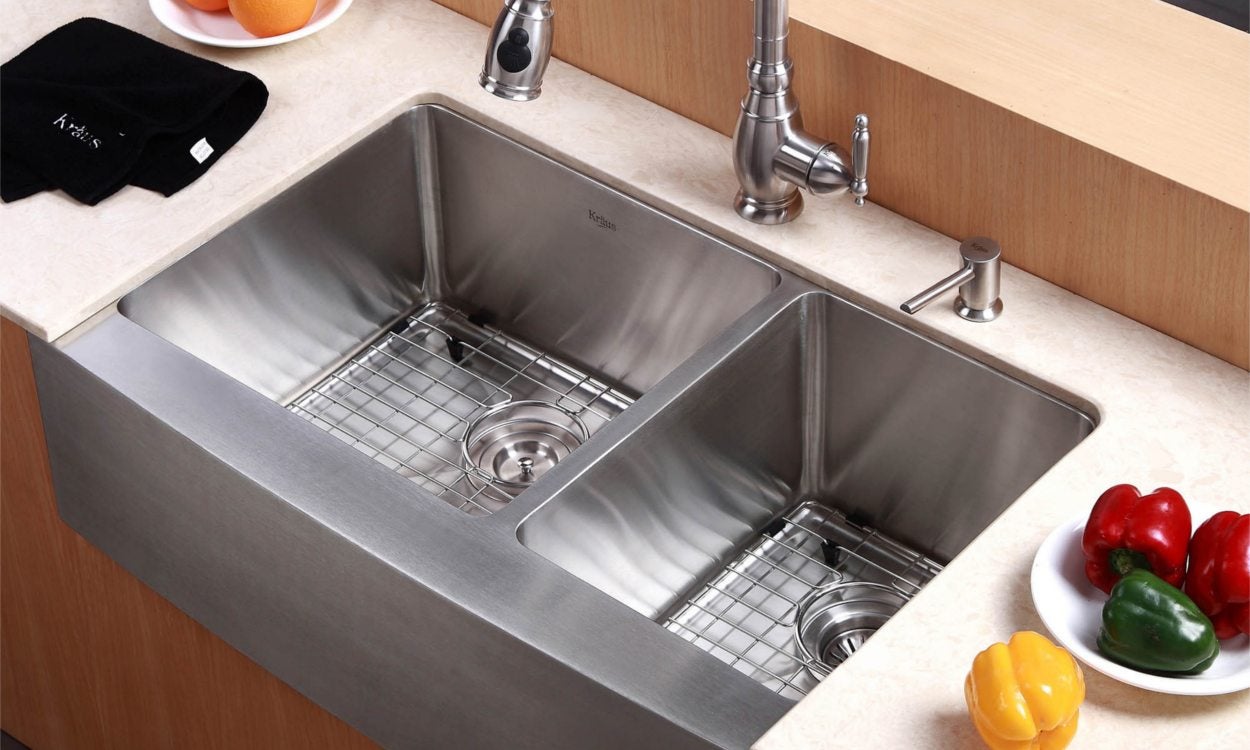
How to Select a Garbage Disposal
To many of us, the garbage disposal is one of the best kitchen appliances. It not only saves you from having to scrape off every bit of food from each and every dish, but it also lets you do the dishes without worrying about small pieces of food clogging your sink drain.
Garbage disposals are pretty simple devices so you don’t have to spend a lot of time narrowing down what you want. You can quickly select the feed type, motor size, and a few other features that fit your use and your budget. You also don’t have to spend a lot to get solid performance, but it’s a good idea to buy a quality product ad to keep the disposal clean. Better disposers are more effective and last longer than cheaper models, which means you won’t have the expense and effort of replacing it as soon.
Components of Design
Invented in 1927 by John Hammes, the garbage disposal hasn’t changed much over the years. A classic version is little more than a plastic housing containing a motor connected to a metal grinding plate with two “teeth” (called impellers) that help break down the food waste. The plate is surrounded by a perforated metal ring called the grinding ring. As the waste is ground up, water flushes the particles through holes in the grinding ring, out through the discharge opening of the housing, and into the drain pipe. The impellers help the grinding process, but they aren’t sharp and they don’t cut up food as a blender does; rather, they and the spinning plate force the food against the grinding ring, which is stationary and has a textured surface that breaks down the material.
Feed Type
Disposals come in two basic types: continuous feed and batch feed. Continuous feed disposals are the most common and generally the easiest to use. They are the open-mouth disposals that turn on and off with a wall switch. Batch feed disposals require you to fit a stopper lid into the mouth of the disposal to activate the unit. This makes it impossible to turn on the disposal while your hand is fishing down inside the unit. It also helps prevent accidental mishaps like turning on the disposal just as a fork is slipping into its mouth. Batch feed disposals can be more expensive than continuous feed and generally are less commonly available.
Motor Size
The motor size of a disposal is rated in horsepower (HP). Standard sizes include 1/3 HP, 1/2 HP, 3/4 HP, and 1 HP. For most households, 1/2 HP is plenty of power, but paying a bit more for a 3/4 to 1 HP motor can mean fewer jams and smoother operation, especially if you tend to be hard on your disposal. If you don’t want to worry about what goes into the disposal, lean toward a larger motor.
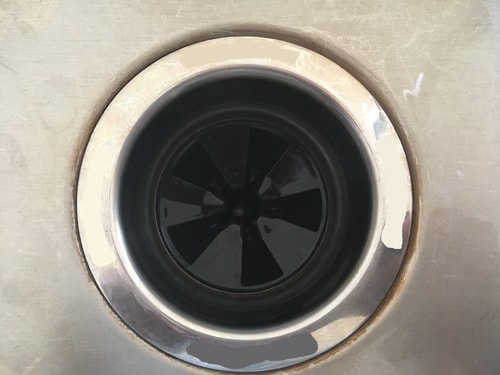
Garbage Disposal Buying Guide
Garbage disposals—sometimes called garbage disposers—are a cook’s best friend, grinding up and washing away kitchen refuse with the touch of a switch. If you are in the market for a new garbage disposal, this garbage disposal buying guide will show you that choosing one is a very simple process because your choices are limited.
From an environmental point of view, garbage disposals have pluses and minuses. They help minimize the amount of garbage that is delivered to landfills, but, in doing so, they require using significantly more water and energy, and they can strain septic systems and sewage treatment facilities. A good compromise is to compost food scraps whenever possible and use a disposer when not.
Disposal Grinding Power
Power, for example, makes a big difference both in performance and durability. At the low end, you can buy 1/3-horsepower units, but we recommend that you spend a little more to get a lot more.
Disposal Connections and Switches
Most garbage disposals interlock at the bottom of a sink’s standard drain outlet and are designed for easy connection. Various adapters and connection kits are available. They must be hard-wired or plugged into to a 120-volt receptacle with a 3- to 6-foot power cord that sometimes must be ordered separately. And they are connected to a drain pipe.
Septic Assist Garbage Disposal
Garbage disposals can be rough on a septic system because they expel wastes that are difficult for the microorganisms in the septic tank to digest.
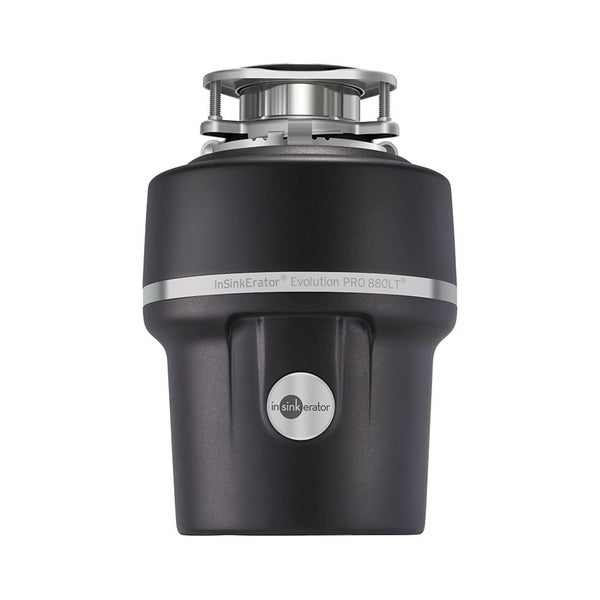
How to Choose a Garbage Disposal
It’s hard to imagine getting by without a garbage disposal nowadays. Garbage disposals (sometimes called garbage disposers, depending on where you live) are strictly essential, but they save you quite a bit of dirty work and make cleaning dishes a lot more pleasant than it would otherwise be. If you’re building a new home, replacing a broken garbage disposal or simply want to upgrade your garbage disposal, you’ll want to know the different options that are available in today’s garbage disposals before you make your choice. Keep reading for some information on the options that are available and how you can choose a garbage disposal that works for your home.
eigh the differences between types of garbage disposals.
Garbage disposals come in two different basic designs: continuous feed garbage disposals and batch feed garbage disposals. Continuous feed disposals run as long as the switch is flipped, so you can funnel food into the disposal while it’s still on. Batch feed disposals only turn on when you put the disposal cover in place, so you run the disposal one batch at a time. Continuous feed sink disposals are the most common kind of disposal since they are convenient and relatively inexpensive. However, some people prefer batch feed sink disposals since they won’t turn on unless the cover is on, eliminating the risk of injury or flying particles.
Choose the level of horsepower you want for your garbage disposal.
The biggest difference between the least expensive and most expensive garbage disposal is horsepower. The most basic garbage disposals have as low as 1/4 horsepower motors, and the most powerful disposals have 1 horsepower motors; however, that doesn’t necessarily mean that the 1 horsepower models are the best garbage disposals available. If your household has few members and you don’t work your disposal very hard, then you can probably get away with a 1/4 horsepower or 1/3 horsepower model. Of course, if you want to be able to grind chicken bones and you have a larger family, a 1 horsepower garbage disposal may be a wise choice.
Consider how noisy you want your garbage disposal to be.
Sink garbage disposals are known for being noisy, but modern disposals have come a long way in terms of noise reduction. Many of the high-end sink garbage disposals have noise-dampening materials that significantly reduce the rumble that usually accompanies operating a disposal. If you want a quiet garbage disposal, you will have to pay extra. If noise is a key factor, look around for quiet garbage disposals. If saving money is more important, you can find plenty of garbage disposals that do a great, loud job
Decide whether you want a garbage disposal with stainless steel parts.
A garbage disposal repair often comes up when some piece or another inside the disposal becomes corroded after years of exposure to water and food. Garbage disposals made with stainless steel components can help you avoid these kinds of repairs. Since stainless steel resists corrosion, garbage disposals made with stainless steel grinders can last significantly longer than disposals made with other materials.
Garbage Disposal Buying Guide
Putting food down the drain is a modern convenience, thanks to a garbage disposal’s ability to grind food small enough so that it doesn’t clog your drains.
But some municipalities discourage residential garbage disposals because of inadequate sewer systems or water supplies. In these locales, all food waste has to go in the trash, not down the drain. And even if your community allows garbage disposals, using one may cost you more than you think.
That Sinking Feeling: Facts About Garbage Disposals
Garbage disposals address the often disparate demands of convenience and conservation by grinding up kitchen scraps, especially noncompostable leftovers, like meat and poultry, and sending them down the drain to a sewage treatment plant or septic system for handling, rather than to the landfill for slow decomposition.
Is a garbage disposal appropriate in my area? If you use a municipal sewer system, call your local sewer authority to find out its disposal policy. Some require a permit to use one, and some discourage them because of limited water and sewer capacity.
Is my septic tank big enough? Your municipality may require an upgrade if you have a septic system and use a garbage disposal. Check with your local building inspector or environmental health official. Alternatively, you may need to empty the existing tank more frequently.





